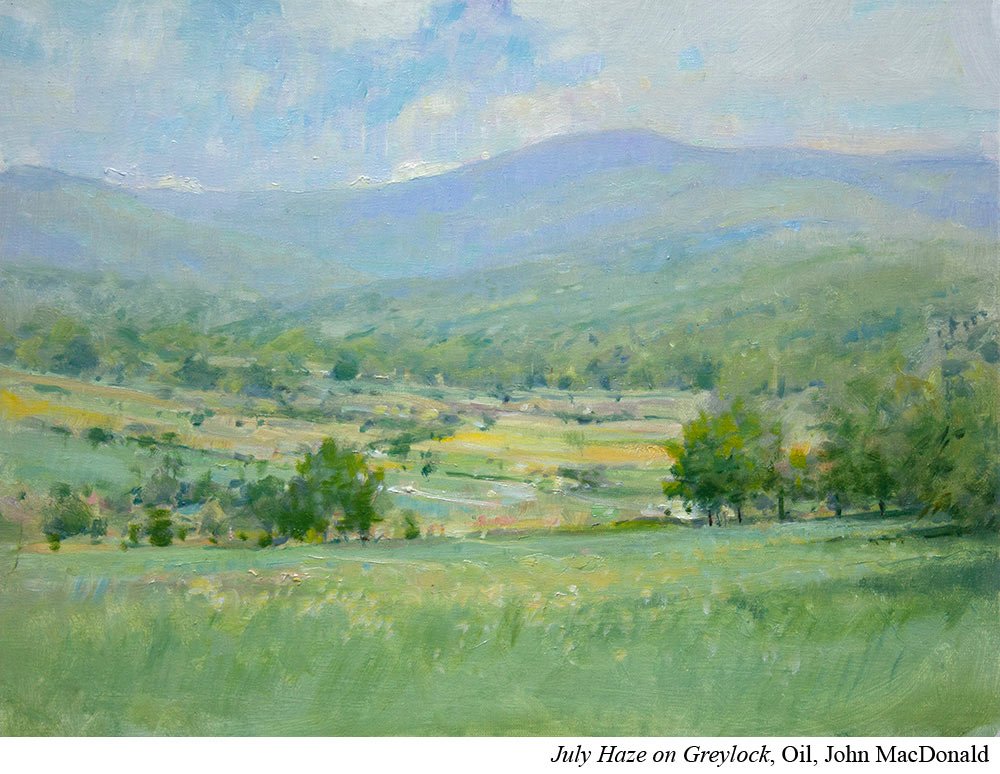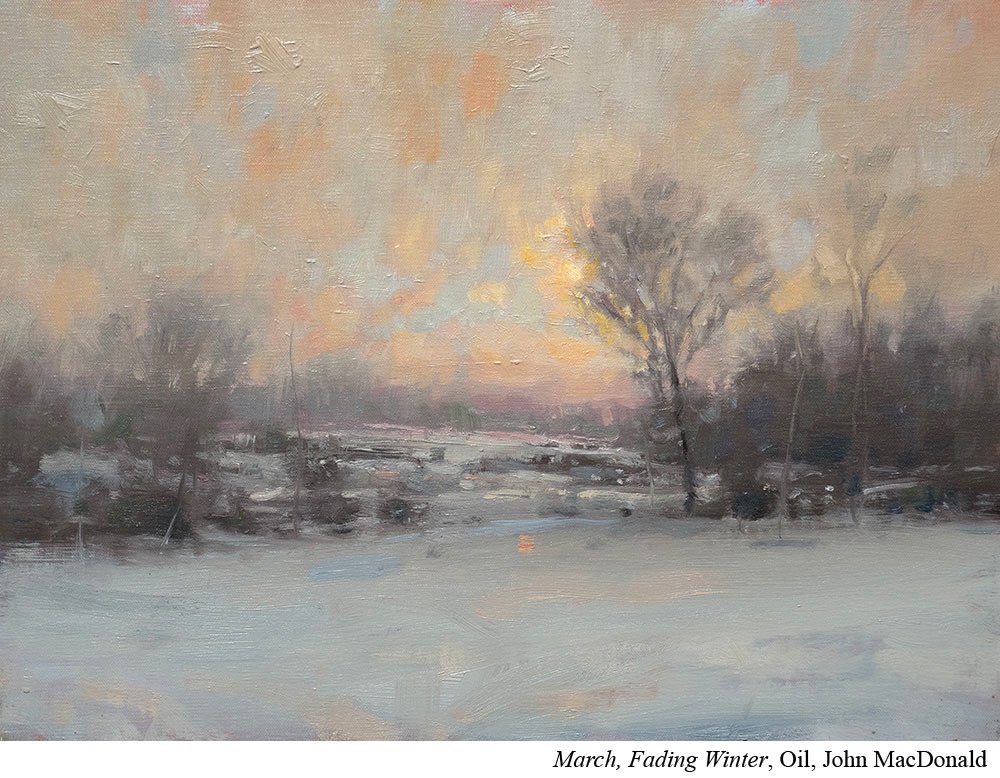Superspeed Your Progress with John MacDonald
Bad paintings are part of learning to paint. But John MacDonald (Ep.92) reminds us that what you do with those failures will affect how much more slowly (or quickly) your skills build.
When you have a bad painting day, you have two options:
First, you can get punitive. You can pull up the self hate and see this failed painting as the proof you need that you’ll never be an artist. How nothing ever works out for you. How everyone else has it easier and this painting thing is stupid. You can get so frustrated you walk away from your work…maybe you don’t return.
As you might have guessed, this approach slows your learning down to a crawl. A big reason is because you have to actually get yourself back into your studio through the mental punishment, which is now harder.
But you have a second option.
You can see a bad painting and get curious. Look at your work like a detective. Ask where in your steps did this go sideways? How would you fix it? Is that a skill building thing? Is that a different technique or approach?
You can take what you’ve learned from your inspection and try again.
It’s easy to see which of these will lead to quicker learning.
Put it to Practice:
Bad painting days and “failed” paintings are a part of learning to paint. Feeling frustrated is also a part of learning to paint. But what you do with both of those will directly affect how quickly you learn.
The punitive approach takes longer. It takes longer because you have to spend the time to get past the self hate before you can get started again. It also means you’re training yourself to feel paint when you look at your work. You see it as evidence you’ll never succeed.
This is a real hurdle because those failed paintings are potentially your greatest teacher. Good paintings are the result of strong skills. And when you have a painting that doesn’t work, it’s the perfect guide to show you where you would benefit from strengthening your skills.
The curious approach speeds up your ability to learn. It turns out your brain doesn’t learn best inf fight or flight response. Which is what the punitive approach triggers.
So if you have a punitive response, that doesn't mean there’s no hope for you. Quite the opposite. You can absolutely do this! It just means that along with learning to mix color and how to hold your brush, you’ll also need to learn how to look at your work with curious eyes. That is also a skillset that can be learned. (I know because I have had to learn it.)



